Professional Premium Aluminum Oxide Products Supplier
Alumina Bar
A Brief Overview of Alumina Bar Ceramic Products
Alumina Strip Ceramics are long strips of ceramic material made from high-purity alumina (Al₂O₃) as the main component by a specific process. These ceramics have extremely high hardness, wear resistance and chemical resistance, and can withstand high temperatures without deformation or degradation. Alumina bar ceramics are commonly used for components that require high strength and good thermal stability. It has a wide range of applications in the electronics industry, mechanical engineering, chemical industry and other fields. Due to its excellent electrical insulation properties, it is also often used as an insulating component in electrical equipment. In addition, this material is used in the medical field due to its good biocompatibility.
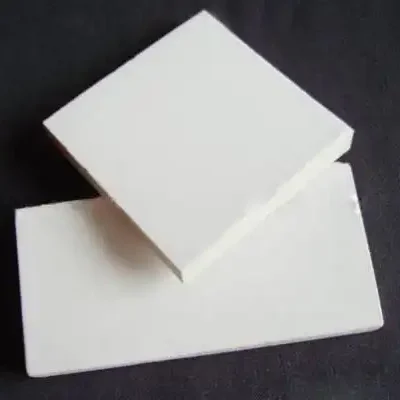
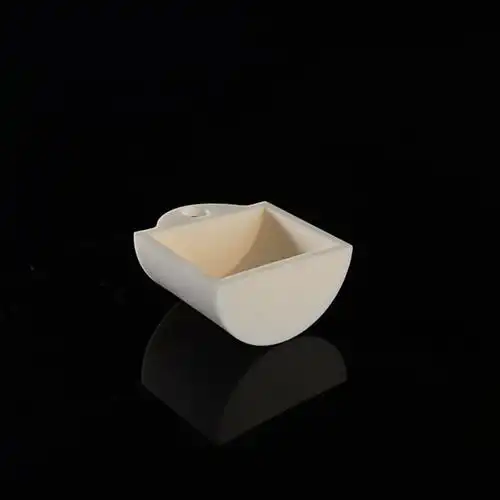
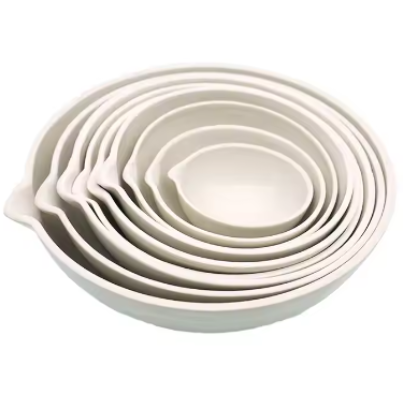
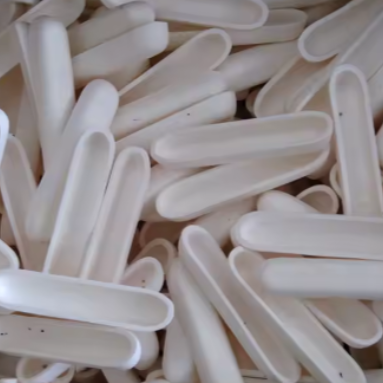
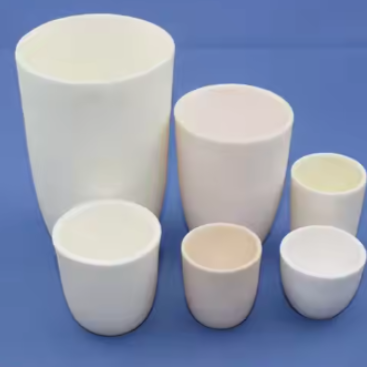
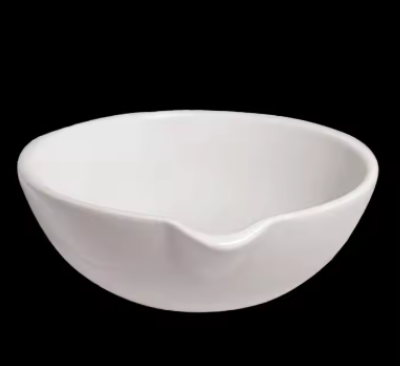
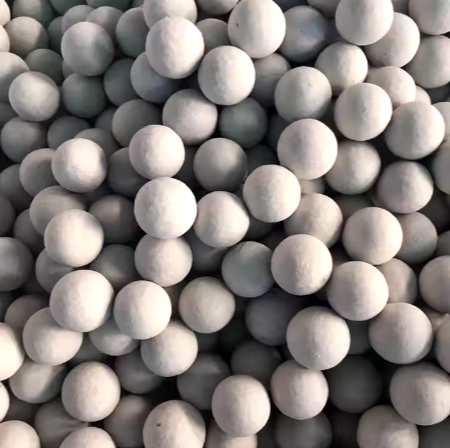
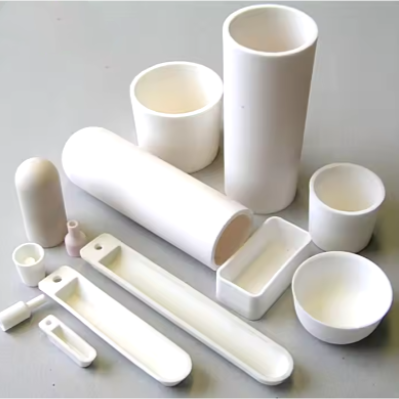
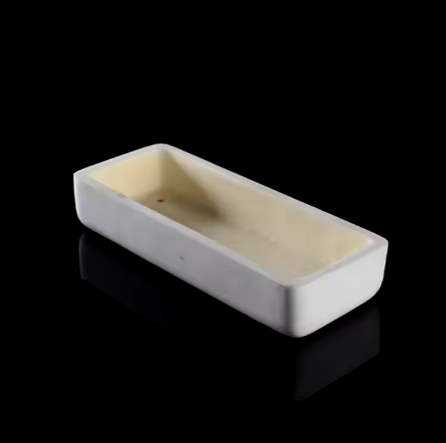
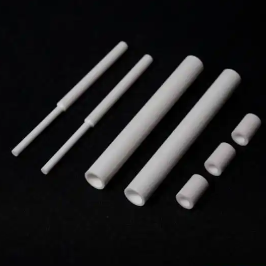
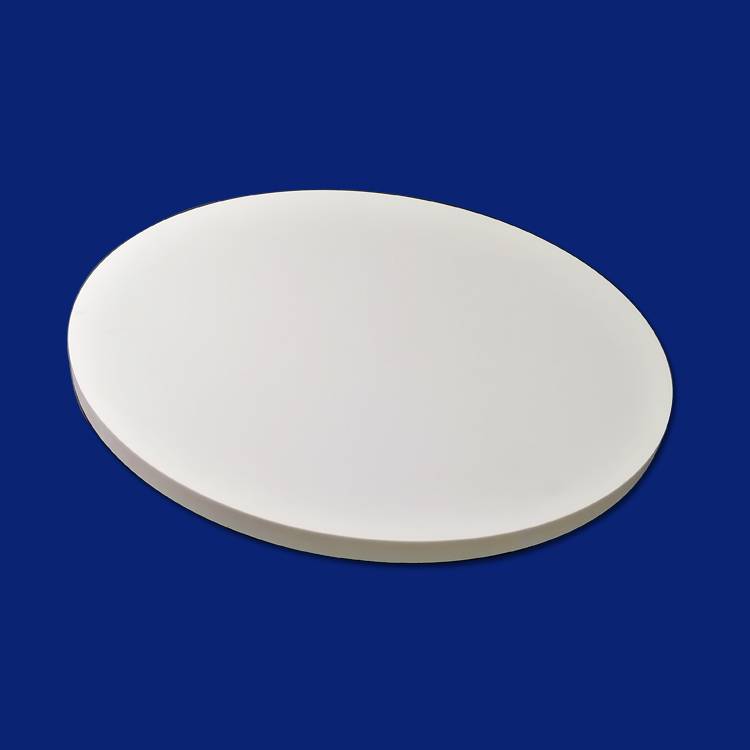
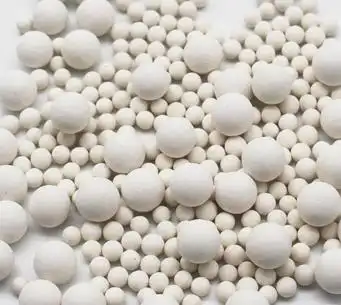
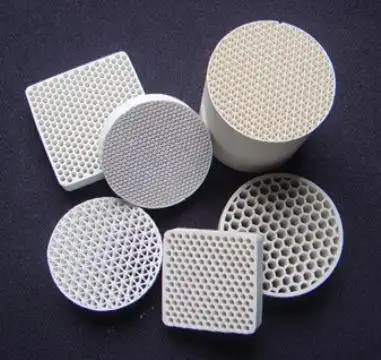
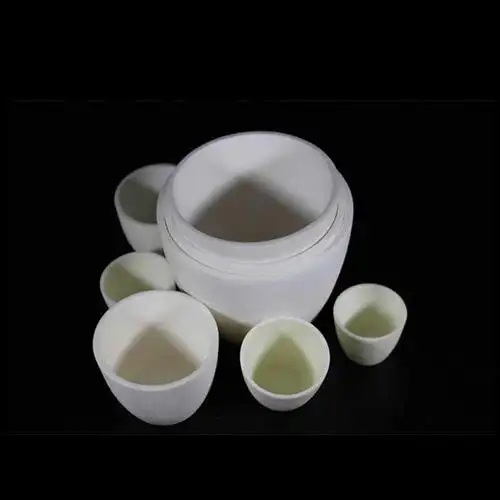

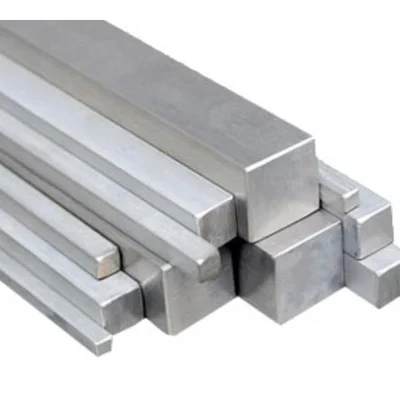
Advantageous features of alumina Bar ceramic products
Alumina bar ceramic products offer a number of significant advantages, starting with their excellent mechanical strength, which allows them to maintain their structural integrity and dimensional stability under extreme conditions. Second is their excellent wear resistance, making them ideal for parts in long operating environments. Third, alumina bar ceramics offer excellent resistance to chemical attack, resisting attack by most acid and alkali solutions. Fourth, they have good thermal conductivity and a low coefficient of thermal expansion, making them suitable for use as heat sink components in high temperature environments. Finally, they are also widely used in medical implants and other biomedical devices because they are non-toxic and less likely to react adversely with human tissue.
Specifications Table for Alumina Bar Ceramic Products
| Parameter | Specification |
|---|---|
| Material Composition | High-purity alumina (Al₂O₃) ≥ 99.5% |
| Density | ~3.95 g/cm³ |
| Hardness | Vickers HV ≈ 18 GPa |
| Flexural Strength | ≥ 350 MPa |
| Thermal Conductivity | ~30 W/m·K at room temperature |
| Coefficient of Thermal Expansion | ~7.2 × 10⁻⁶/°C (RT to 1000°C) |
| Dielectric Strength | > 20 kV/mm |
| Dimensional Tolerance | ±0.1 mm (depending on size and shape) |
| Surface Finish | Mirror polish or as specified |
| Length | Customizable, typically up to 1000 mm |
| Width & Thickness | Customizable based on application needs |
Production Process for Alumina Bar Ceramic Products
The production of alumina strip ceramics is a complex process involving several delicate steps. The first step is the selection and pretreatment of raw materials, including screening and grinding of high-purity alumina powder to ensure the homogeneity and purity of the raw materials. Then comes the molding stage, in which the treated powder is formed into the desired bar-shaped blanks by dry pressing, isostatic pressing or slurry injection. Then comes the sintering process, which is a key component in determining the quality of the product. The billet is heated in a high-temperature furnace to minimize the inter-particle voids, thereby increasing the density and strength of the product. This may be followed by surface finishing such as polishing and cutting to meet end-use requirements. The final step is quality testing to ensure that each product meets the set standards.
Applications for Alumina Bar Ceramics
Due to their unique physico-chemical properties, alumina bar ceramic products play an integral role in a number of industries. In the electronics industry, they are used as a substrate material for semiconductor packages, providing the necessary electrical insulation and thermal conductivity. In the machinery manufacturing industry, these ceramic bars are used as wear-resistant components, such as bearing balls and sealing rings, because they effectively resist wear caused by friction. For the chemical industry, alumina ceramic bars are used for internal components of reactors and pipe fittings, as they are resistant to strong acids and alkalis. In the healthcare sector, they are used to make dental restorations, orthopedic implants and other artificial organ replacements, thanks to their good biocompatibility and antimicrobial properties. In addition, this class of ceramics has found application in optical instruments, automotive engine components and more.

Company Profile
Alumina Technology Co., Ltd.! We focus on the research and development, production and sales of alumina products, serving the electronics, ceramics, chemical and other industries. Since its establishment in 2005, the company has been committed to providing customers with the best products and services, and has become a leader in the industry through continuous technological innovation and strict quality management.
Our products includes but not limited to Alumina Boat, Alumina Crucible, Alumina Dish, Alumina Foam Filter, Alumina Plate, Alumina Rod, Alumina Bar, Alumina Balls, Filter Alumina, Nano Alumina Powder, Spherical Alumina Powder, ect. please feel free to contact us.(nanotrun@yahoo.com)
Payment Methods
T/T, Western Union, Paypal, Credit Card etc.
Shipment Methods
By air, by sea, by express, as customers request.
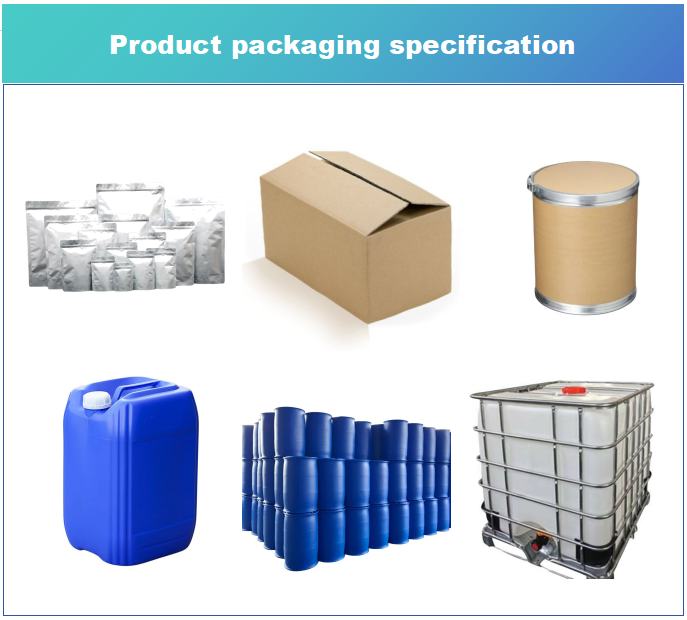
5 FAQs for Alumina Bar Ceramic Product
Q: Are alumina strip ceramics prone to breakage?
A: Although alumina bar ceramic is very hard, it is a brittle material and may break when subjected to severe impact or undue stress. To avoid this, it should be properly installed and used according to the instructions provided by the manufacturer.
Q: Can aluminum oxide bar ceramics withstand high temperatures?
A: Yes, alumina ceramics have excellent resistance to high temperatures and can operate stably at temperatures up to 1700°C or more, which makes it ideal for applications in high-temperature environments.
Q: How long is the service life of alumina bar ceramics?
A: This depends on the specific application scenario and maintenance. Generally, if used under specified conditions and maintained regularly, alumina bar ceramics can have a long service life.
Q: How do I clean the surface of alumina bar ceramics?
A: Usually you can use mild soapy water to wipe, for stubborn stains can be used special cleaning agent, but to avoid the use of products containing abrasive components to avoid damage to the surface.
Q: What are the price factors for aluminum oxide bar ceramics?
A: The price is mainly affected by material cost, processing difficulty, dimensional accuracy, and bulk order quantity. High-quality alumina ceramics are typically more expensive, but also offer a better performance guarantee.
